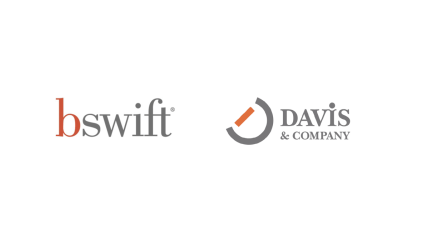
Alison Davis and I recently facilitated a workshop for the IABC Heritage Region and we ran out of time to answer all the great questions we received. So, I’m taking to the blogosphere to answer four of them. Here’s the first:
What are good data points to use for quick personas when leadership asks for them?
Data that support the development of quick personas can come from multiple sources, but the sources you select—and share with stakeholders—will depend on your target audience(s) and communication objectives.
Target audience(s). Start by defining your audience, being as specific as you can. If your target audience is employees within a business unit, you’ll leverage data from HR systems, engagement survey results and/or original research. If it’s an external audience, you may leverage industry or government data and your organization’s data (such as buying habits, customer satisfaction scores, etc.).
Communication objectives. Having clear communication objectives is a helpful way to ensure you grab the right data when you develop personas. For example, if your objective is to help employees save more for retirement, you’ll need HR data, such as age cohorts and enrollment in the 401(k) plan.
—
New to personas? Personas are fictional characters designed to represent your target audiences. They’re used to bring your audiences’ voices into the room—reminding you of their challenges and information needs. Personas can also help you influence stakeholders by encouraging them to consider an audience’s perspective. Personas don’t need to be exhaustive explorations. We find short summaries work well and usually start by answering these questions:
- What does this person need (that relates to what you’re trying to achieve)?
- What does he/she care about?
- How does he/she prefer to receive communication?
- What challenges do you face in breaking through?
—
Have your own question about internal communication? Drop me a note.





